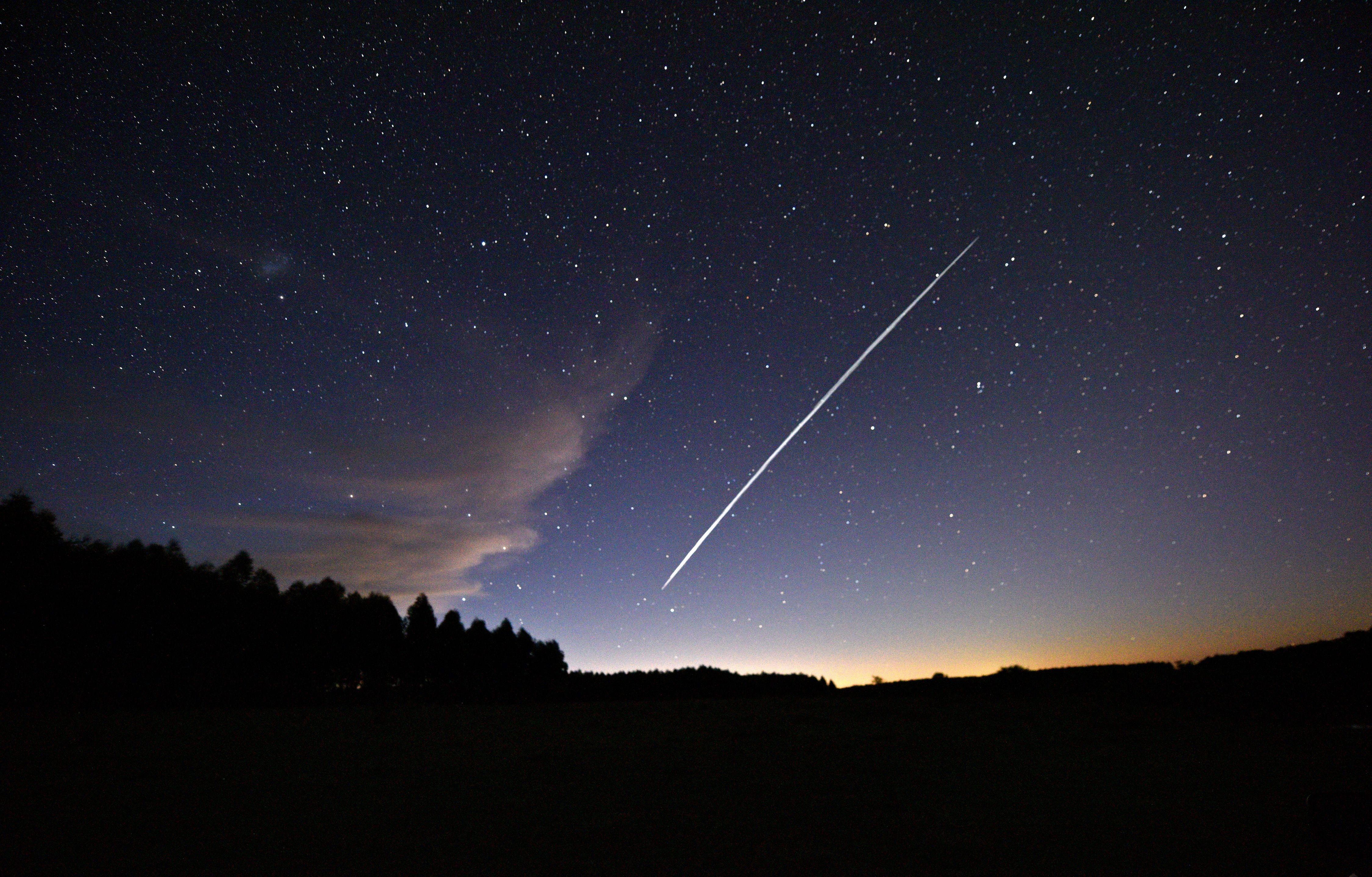Geomagnetic storm may have taken out 40 SpaceX Starlink satellites
Storm caused ‘up to 50 per cent higher drag than during previous launches’, SpaceX says

Forty of the 49 satellites launched last week by Elon Musk’s satellite internet company Starlink will be destroyed due to a geomagnetic storm, preventing them from reaching the desired final orbit.
The satellites, launched on 3 February aboard SpaceX Falcon 9 from the Launch Complex 39A (LC-39A) at Kennedy Space Centre in Florida, initially reached a low Earth orbit.
From this initial orbit at a perigee of about 210km above Earth, the satellites achieved controlled flight, and after initial checks, they were expected to perform orbit-raising manoeuvres to reach their intended orbits, the company said.
But a geomagnetic storm on Friday caused “up to 50 per cent higher drag than during previous launches”, and prevented 40 of the deployed satellites from reaching their final intended orbit around the Earth.
“These storms cause the atmosphere to warm and atmospheric density at our low deployment altitudes to increase. In fact, onboard GPS suggests the escalation speed and severity of the storm caused atmospheric drag to increase up to 50 percent higher than during previous launches,” SpaceX noted.
Even as the Starlink team commanded the satellites to enter into a safe mode where they would fly edge-on (like a sheet of paper) to minimise drag to “take cover from the storm”, preliminary analysis revealed that drag from the storm prevented the satellites from leaving safe-mode to begin orbit raising manoeuvres.
From the initial analysis, it seems the satellites may have burned up on re-entry into the atmosphere, according to the company.
“The de-orbiting satellites pose zero collision risk with other satellites and by design demise upon atmospheric reentry—meaning no orbital debris is created and no satellite parts hit the ground,” it noted.
Starlink claims its systems to deal with the de-orbiting satellites are on the “leading edge” of on-orbit debris mitigation.
The company’s satellite launches have come under criticism recently after a study, published last month, found that more and more images taken by astronomers on Earth from ground-based observatories are affected “as SpaceX deploys more satellites.”
This research assessed the impact of SpaceX’s Starlink satellite constellation on astronomical surveys made from the Zwicky Transient Facility (ZTF) in California between 2019 November and 2021 September, and found that streaks left by passing satellites affected the quality of some celestial images taken at the observatory.
Scientists say about 5,300 satellite such streaks can be attributed to Starlink satellites that could potentially hinder spotting of dangerous asteroids.
“However, despite the increase in satellite streaks observed during the analysed period, the current science operations of ZTF are not yet strongly affected,” the researchers noted.
Join our commenting forum
Join thought-provoking conversations, follow other Independent readers and see their replies
Comments
Bookmark popover
Removed from bookmarks